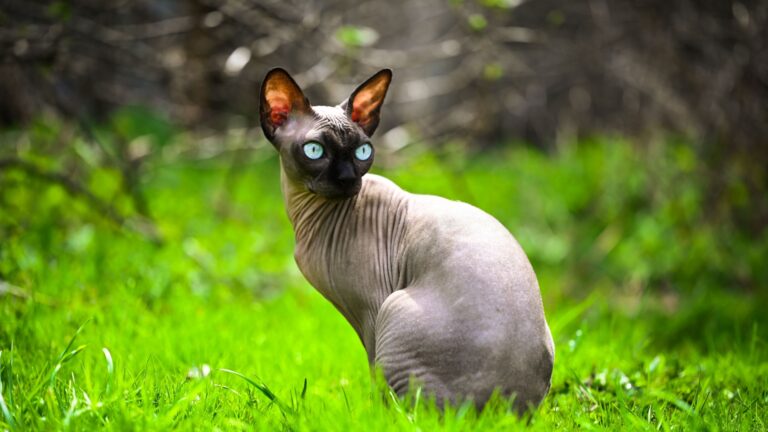15 Emotional Strengths Cats Have That Dogs Often Don’t
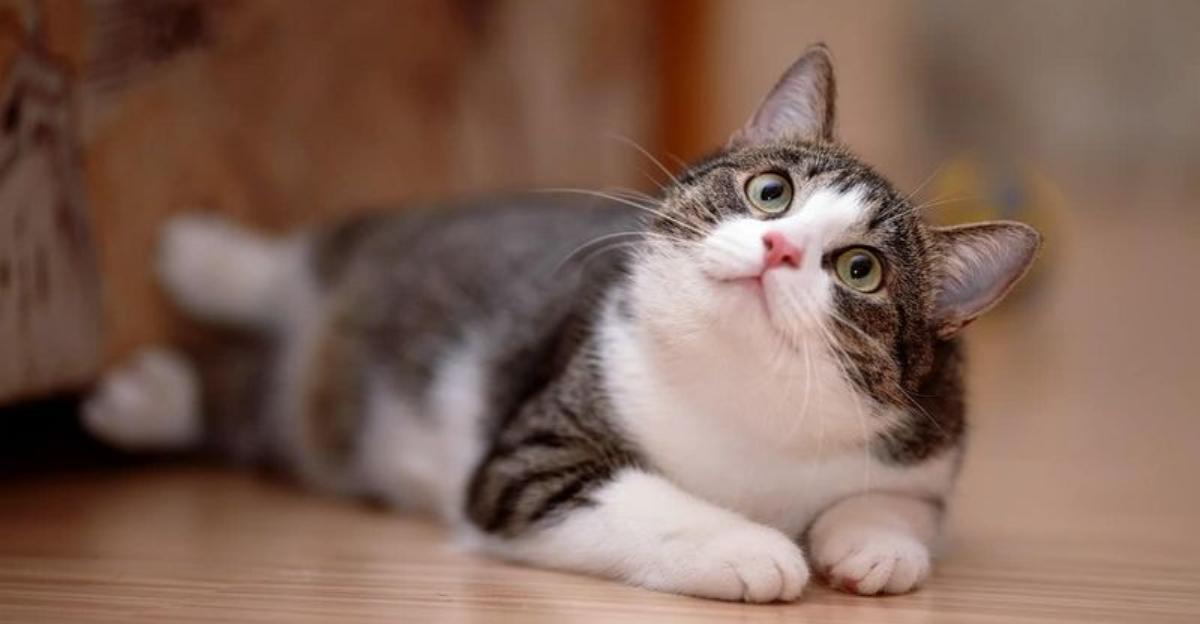
Cats and dogs have captivated our hearts as beloved pets, each bringing unique qualities to our homes.
While dogs are celebrated for their loyalty and playfulness, cats possess remarkable emotional strengths that often go unrecognized.
These feline attributes create deep bonds with their humans in surprisingly different ways than their canine counterparts.
1. Independence Without Neediness
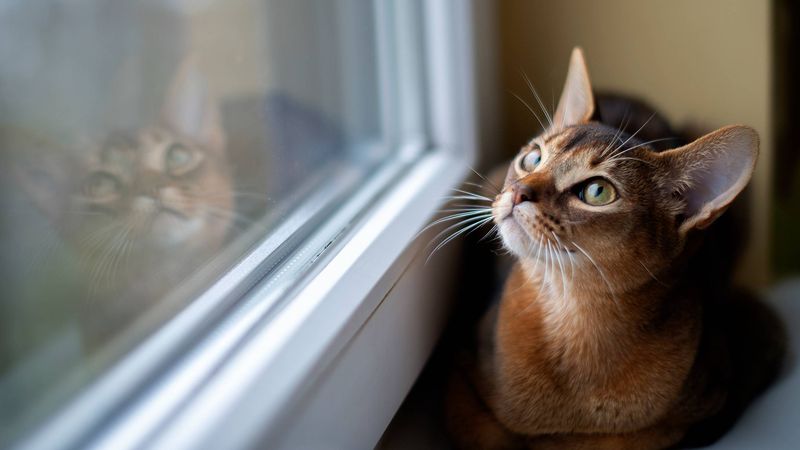
Cats maintain healthy emotional boundaries naturally. Unlike many dogs who experience separation anxiety when left alone, cats comfortably entertain themselves for hours.
This self-reliance doesn’t mean they don’t care about you—they simply have confidence in their ability to manage alone. Cats demonstrate that love doesn’t require constant validation or presence.
Their independence allows them to form relationships based on mutual respect rather than dependency, creating a healthier emotional dynamic between pet and owner.
2. Emotional Self-Regulation
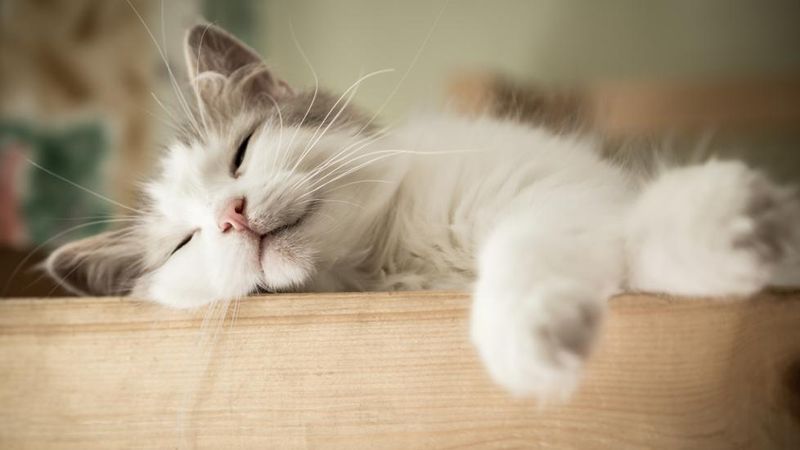
Cats excel at managing their emotional states without human intervention. When overwhelmed, they instinctively retreat to quiet spaces until they’ve processed their feelings.
This natural ability to self-soothe contrasts with many dogs who may become increasingly agitated without owner reassurance. Felines teach us the valuable skill of emotional processing through solitude.
Their calm approach to stress management showcases an emotional intelligence that many humans could benefit from learning—knowing when to step back rather than escalate feelings.
3. Selective Social Bonds
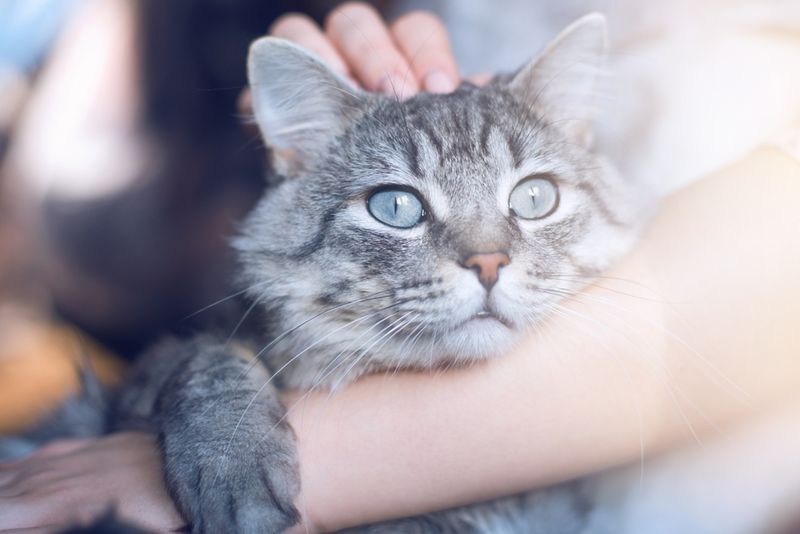
Cats form deep, selective attachments rather than seeking universal approval. They invest emotional energy in relationships that matter most to them, creating profound connections with chosen humans.
Unlike dogs who often show enthusiasm for nearly everyone they meet, cats reserve their deepest affections for a select few. This selectivity makes earning a cat’s trust particularly meaningful.
When a cat chooses you as their person, it represents a genuine emotional decision rather than an instinctual pack response, creating a uniquely authentic bond.
4. Emotional Boundaries
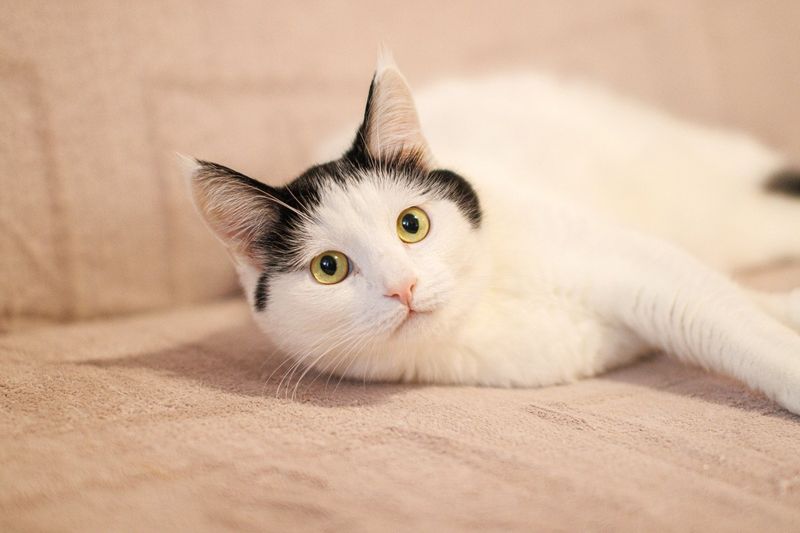
Cats communicate their emotional boundaries with remarkable clarity. They show precisely how much interaction they want and when they’ve had enough, teaching humans about consent and personal space.
This contrasts with many dogs who may tolerate uncomfortable situations out of eagerness to please. Cats demonstrate healthy boundary-setting through body language and vocalizations.
Their straightforward approach to emotional limits helps owners understand that respect for boundaries strengthens relationships rather than weakening them—a valuable lesson in all human interactions.
5. Emotional Autonomy
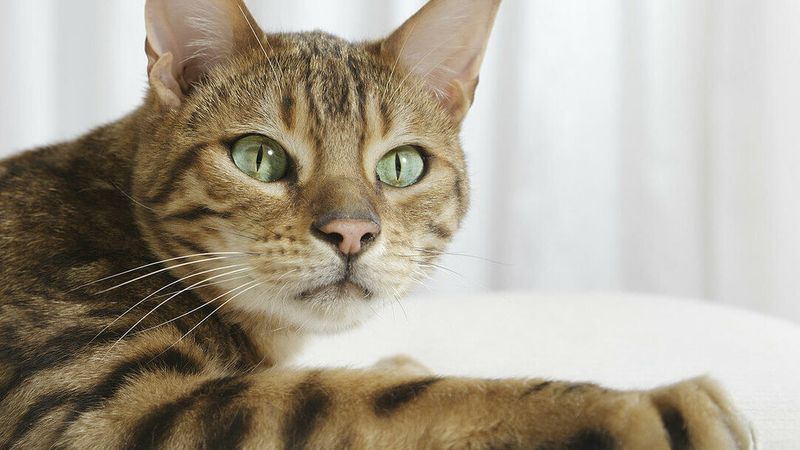
Cats maintain their authentic personality regardless of human expectations. They don’t change their fundamental nature to please others, showing remarkable emotional autonomy.
Unlike dogs who often adapt their behavior to earn approval, cats remain true to themselves. This authentic approach to relationships demonstrates the value of emotional honesty.
Their unwavering self-identity teaches humans that meaningful connections don’t require personality sacrifices—a refreshing contrast to the people-pleasing tendencies many of us develop.
6. Patience Without Pressure
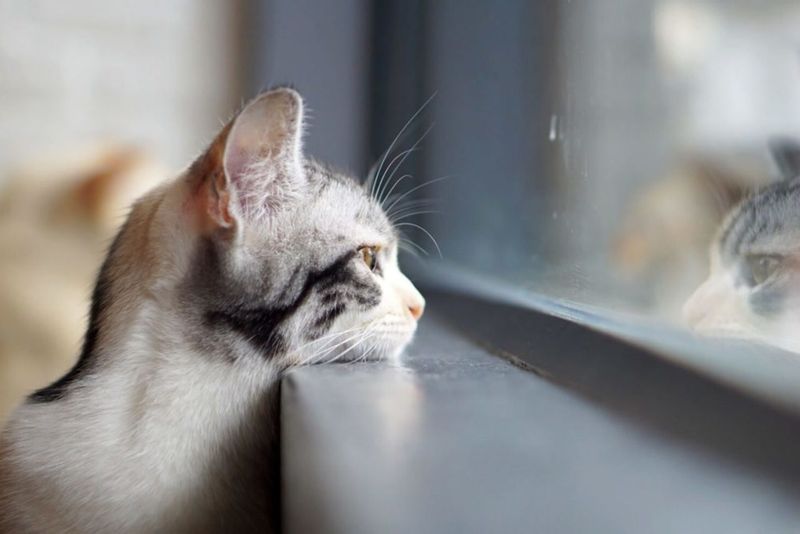
Cats excel at waiting for what they want without displaying anxiety. They can sit motionless for hours observing birds or waiting for the perfect moment to pounce on a toy.
This patience contrasts with many dogs’ eager, sometimes demanding approach to desires. Cats demonstrate that good things come to those who wait with calm assurance.
Their ability to remain present during waiting periods—without the restlessness humans often experience—models mindfulness and emotional stillness that many people struggle to achieve.
7. Emotional Self-Sufficiency
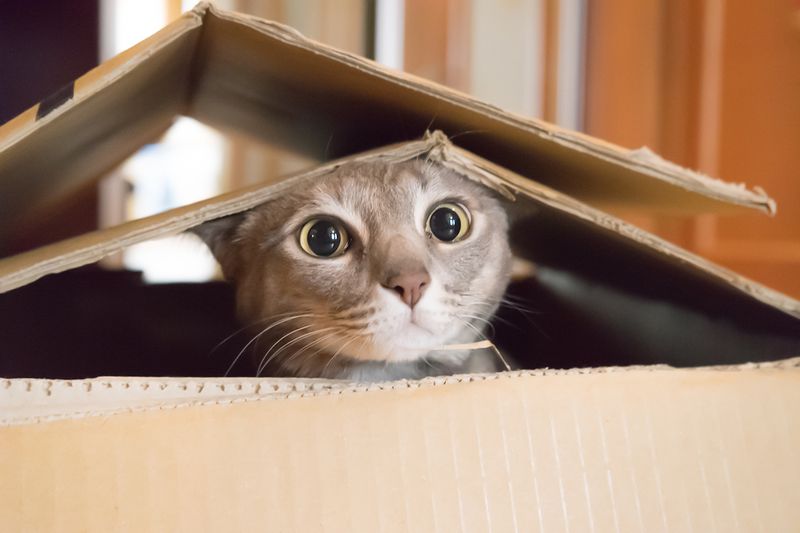
Cats find joy in solitary activities without requiring external validation. They create their own entertainment and satisfaction through exploration, observation, and play.
This contrasts with many dogs who look to humans for activity initiation and approval. Felines demonstrate that happiness can come from within rather than depending on others.
Their self-contained emotional world teaches us about internal validation—finding contentment in our own company and actions rather than constantly seeking external sources of fulfillment.
8. Emotional Consistency
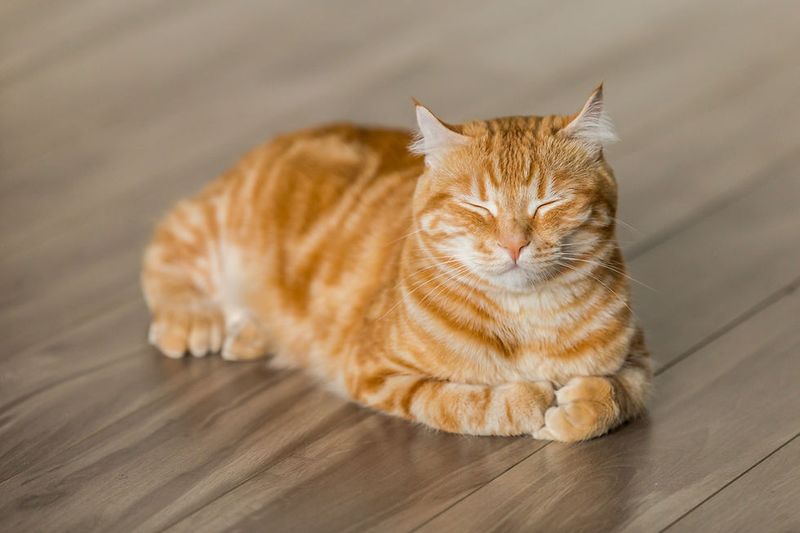
Cats maintain remarkably consistent emotional responses across situations. Their reactions to stimuli remain predictable, creating a sense of emotional reliability for their owners.
Unlike some dogs whose moods can swing dramatically based on external factors, cats maintain their emotional equilibrium. This steadiness provides a calming presence during chaotic times.
Their emotional stability serves as an anchor during stressful periods, making cats particularly therapeutic for people with anxiety or those seeking predictability in their relationships.
9. Selective Vulnerability
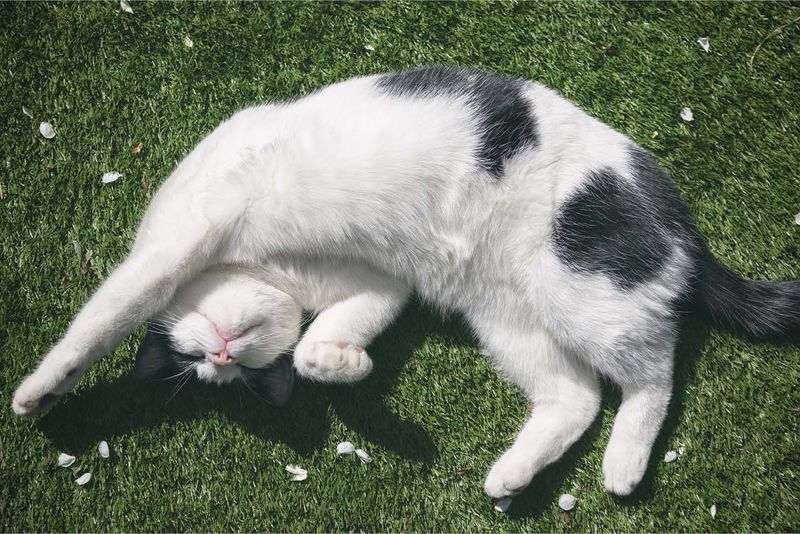
Cats choose when to display vulnerability with remarkable emotional intelligence. They reveal their softer side—belly exposure, kneading, purring—only when they feel completely secure.
This differs from many dogs who may seek comfort indiscriminately when distressed. Cats demonstrate that vulnerability is precious and should be shared selectively with those who have earned trust.
Their careful approach to showing emotional openness teaches humans about the value of vulnerability as a gift rather than a default state—making moments of feline affection particularly meaningful.
10. Grief Processing
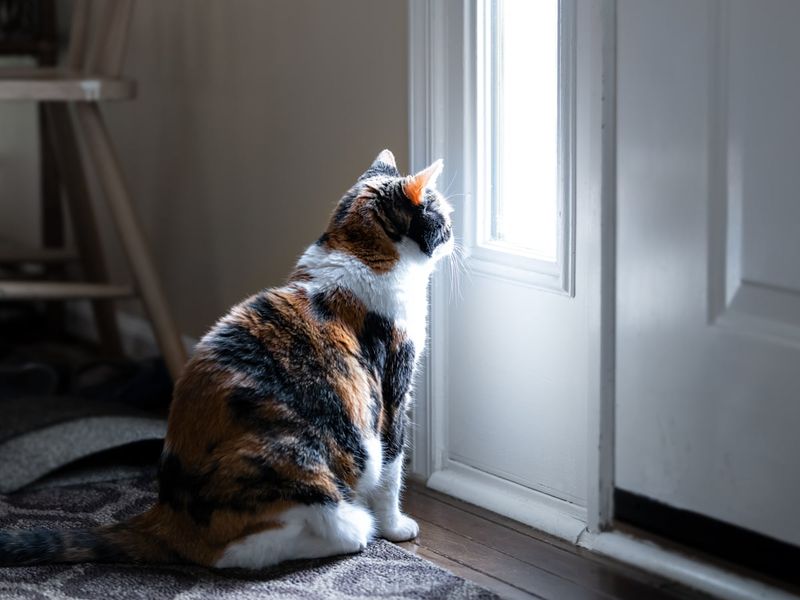
Cats process loss with remarkable emotional depth. When a companion animal or human passes away, many cats engage in ritualistic behaviors—sitting in favorite spots, vocalizing, or seeking items with familiar scents.
Their grieving process often appears more internalized than dogs’ visible distress. Cats demonstrate that quiet contemplation can be a powerful way to process emotions.
Their ability to honor connections through subtle behaviors shows a sophisticated understanding of absence and memory—recognizing that relationships continue emotionally even after physical separation.
11. Forgiveness Without Fanfare
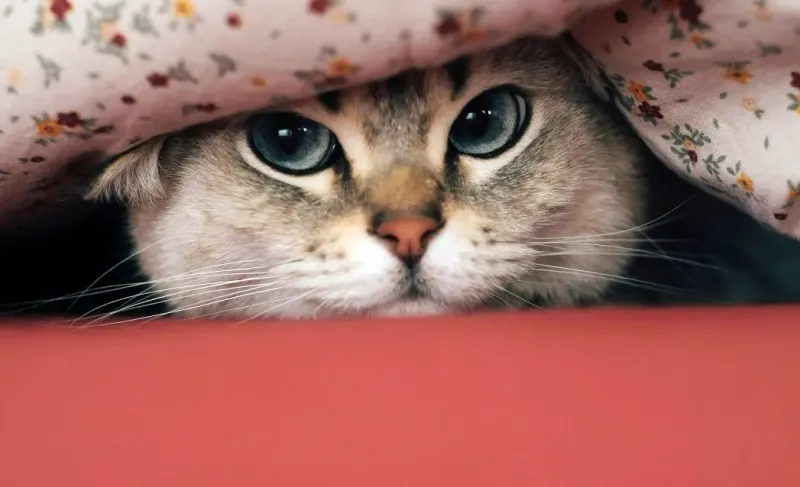
Cats practice forgiveness without dramatic displays. After being startled or upset, they typically reset their emotional state quickly once they feel safe again.
Unlike some dogs who may require extensive reassurance after negative experiences, cats demonstrate pragmatic emotional recovery. They don’t hold grudges when basic trust is restored.
Their straightforward approach to forgiveness teaches humans that reconciliation doesn’t always require grand gestures—sometimes simply returning to normal interaction is the most authentic form of moving forward.
12. Emotional Authenticity
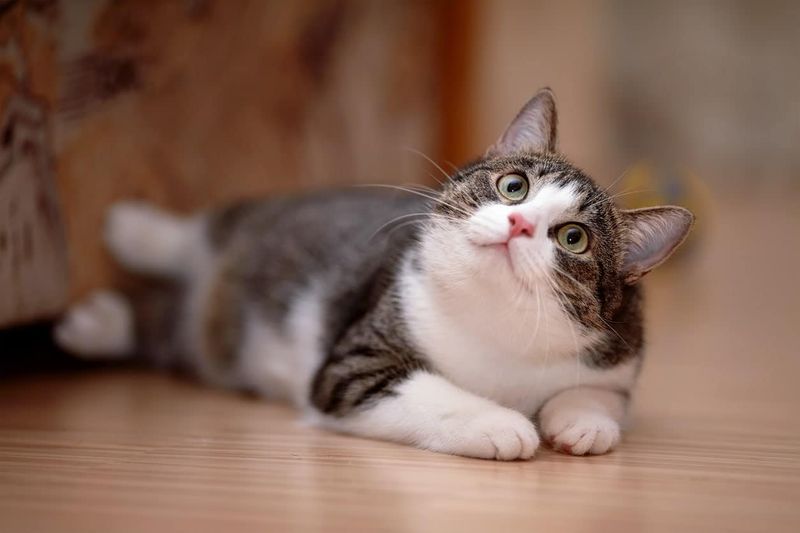
Cats never pretend to feel emotions they don’t experience. Their responses—whether affection, indifference, or irritation—are always genuine rather than performative.
This differs from many dogs who sometimes display appeasing behaviors regardless of their true feelings. Cats demonstrate that emotional honesty creates more meaningful connections than people-pleasing.
Their transparency about their feelings teaches humans the value of authentic emotional expression—showing others who we really are rather than who we think they want us to be.
13. Contentment In Stillness
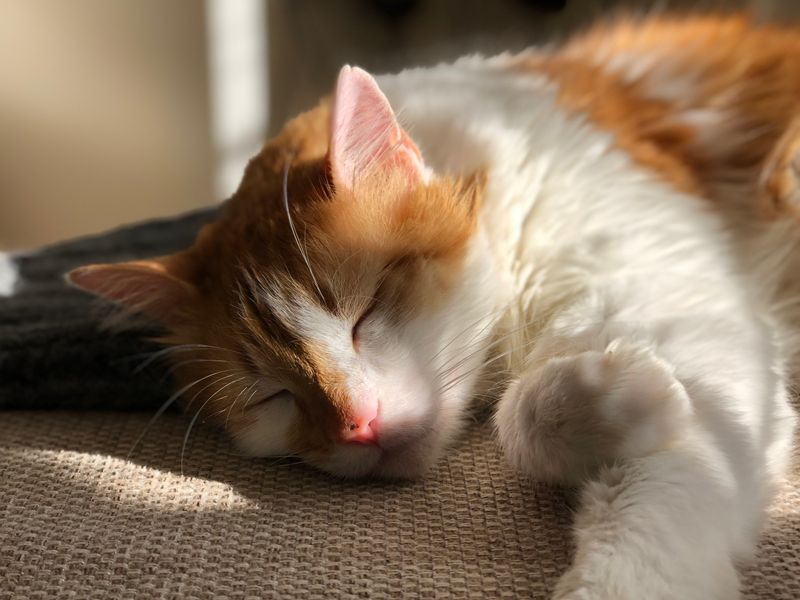
Cats find profound satisfaction in simply being present. Their ability to sit contentedly for hours, observing their surroundings or soaking up sunshine, demonstrates emotional fulfillment through stillness.
This contrasts with many dogs’ constant need for activity and stimulation. Cats show us that happiness doesn’t require perpetual motion or achievement.
Their meditative approach to existence teaches humans about mindfulness and appreciating the present moment—finding joy in being rather than constantly doing.
14. Emotional Self-Defense
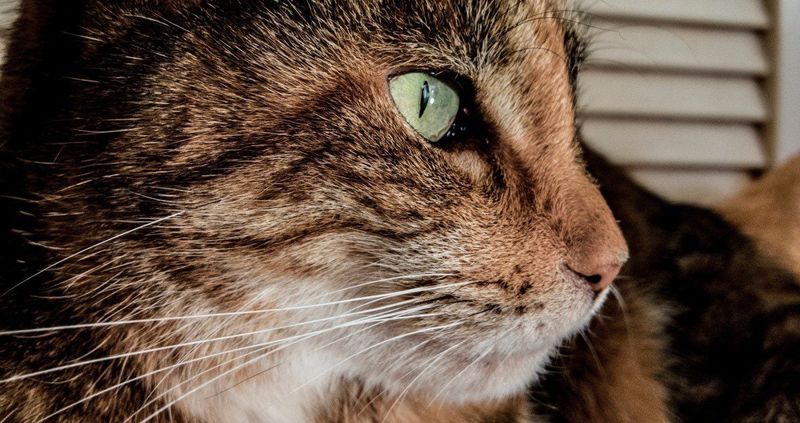
Cats protect their emotional wellbeing instinctively. When feeling threatened, they remove themselves from situations rather than enduring discomfort to please others.
Unlike many dogs who may tolerate uncomfortable handling, cats prioritize their emotional security. They demonstrate that self-protection is healthy rather than selfish.
Their boundaries around emotional safety teach humans about the importance of removing ourselves from harmful situations—prioritizing our wellbeing even when social pressure encourages us to endure discomfort.
15. Quiet Companionship
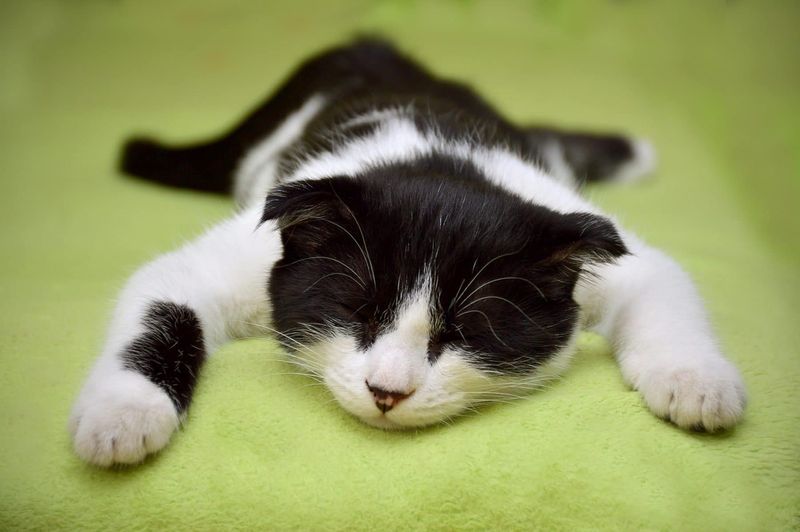
Cats offer emotional presence without demanding interaction. They can sit beside you for hours, providing comfort through proximity rather than requiring constant engagement.
This differs from many dogs who seek active attention and play. Cats demonstrate that sometimes the most supportive thing we can do for others is simply being there.
Their ability to provide silent support teaches humans about the power of presence without pressure—showing that togetherness doesn’t always require words or activities to be meaningful.

